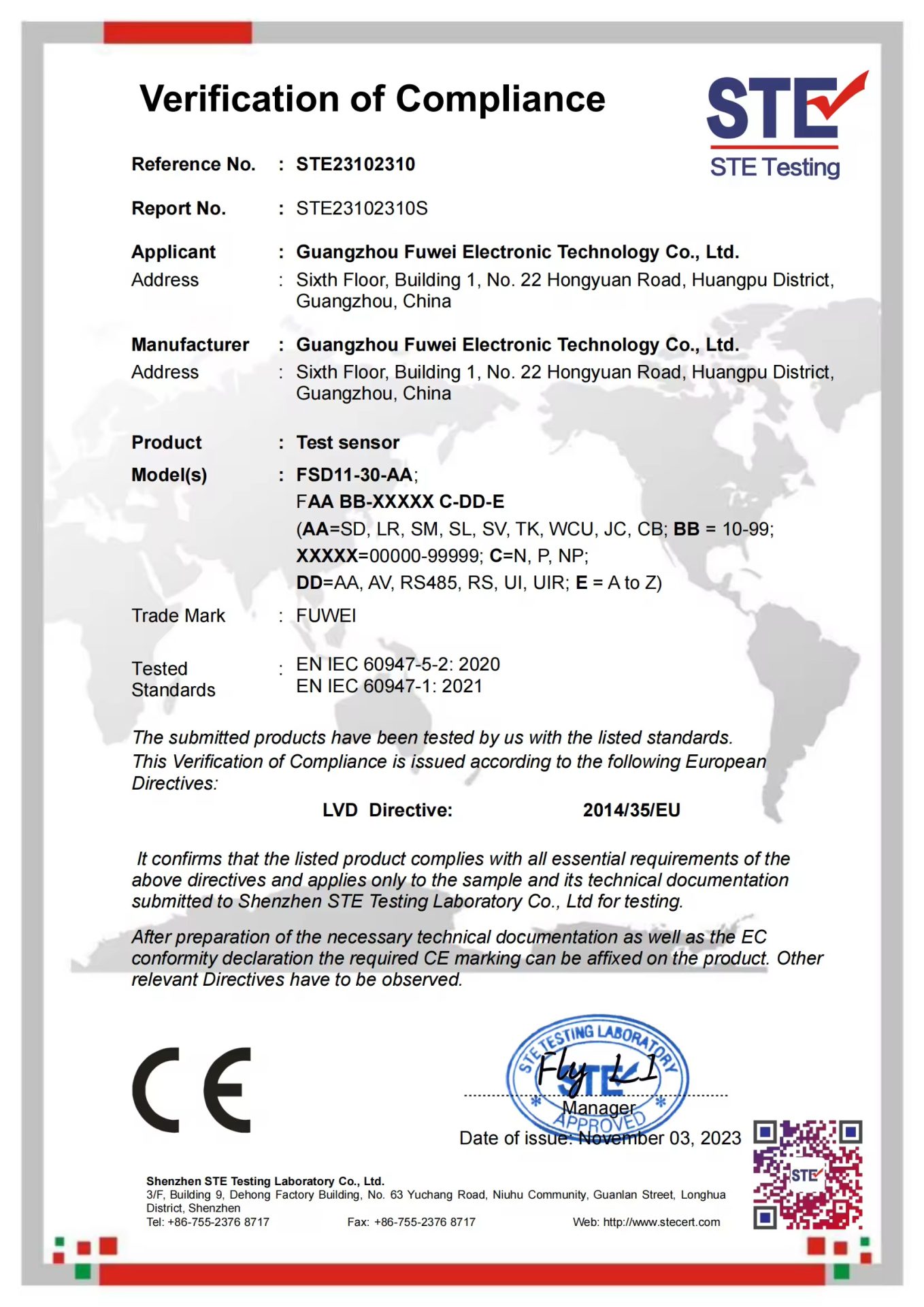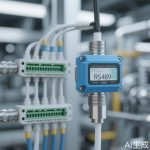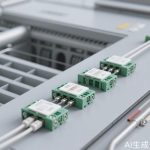In the vast and intricate world of industrial machinery, the seamless operation of equipment often hinges on the precise monitoring of fluid dynamics. Among the critical components ensuring this precision are industrial oil flow sensors. These devices, though often overlooked, play a pivotal role in maintaining the health and efficiency of machinery across sectors such as manufacturing, energy, and transportation. By providing real-time data on oil flow rates, these sensors help prevent costly downtimes, reduce maintenance costs, and enhance overall operational reliability.
Industrial oil flow sensors are designed to measure the volume or mass of oil passing through a system per unit of time. This data is essential for ensuring that machinery receives adequate lubrication, which is vital for reducing friction, dissipating heat, and preventing premature wear and tear. Without accurate flow monitoring, systems risk overheating, component failure, and even catastrophic breakdowns. In industries where machinery operates under extreme conditions—such as in mining, heavy manufacturing, or power generation—the role of these sensors becomes even more critical.
Modern oil flow sensors leverage advanced technologies such as ultrasonic measurement, electromagnetic induction, and positive displacement mechanisms to deliver highly accurate readings. Ultrasonic sensors, for instance, use sound waves to detect flow rates without intruding into the fluid path, making them ideal for applications where contamination must be avoided. Electromagnetic sensors, on the other hand, are excellent for conductive fluids and offer minimal pressure drop. These technological advancements have made oil flow sensors more reliable, durable, and adaptable to a wide range of industrial environments.
One of the most significant benefits of integrating oil flow sensors into industrial systems is predictive maintenance. By continuously monitoring oil flow, these sensors can detect anomalies such as blockages, leaks, or changes in viscosity early on. This allows maintenance teams to address issues before they escalate into major problems, thereby avoiding unplanned shutdowns and extending the lifespan of equipment. In an era where efficiency and sustainability are paramount, the ability to predict and prevent failures is a game-changer for industries striving to optimize their operations.
Moreover, the data collected by oil flow sensors can be integrated into broader Industrial Internet of Things (IIoT) ecosystems. When connected to centralized monitoring systems, these sensors provide valuable insights that facilitate data-driven decision-making. For example, in a smart factory, oil flow data can be analyzed alongside other parameters such as temperature, pressure, and vibration to create a comprehensive picture of machinery health. This holistic approach not only enhances operational efficiency but also contributes to energy savings and reduced environmental impact.
Despite their numerous advantages, selecting the right oil flow sensor for a specific application requires careful consideration. Factors such as the type of oil, flow range, operating temperature, pressure conditions, and compatibility with other system components must all be taken into account. Additionally, industries must ensure that sensors are calibrated regularly and maintained according to manufacturer guidelines to guarantee accuracy and longevity. Investing in high-quality sensors and proper installation practices ultimately pays off through improved performance and reduced total cost of ownership.
In conclusion, industrial oil flow sensors are indispensable tools that empower industries to achieve higher levels of efficiency, reliability, and sustainability. As technology continues to evolve, these sensors will become even more intelligent and integrated, further transforming how industries monitor and manage their fluid systems. For any organization looking to enhance its operational capabilities, embracing the power of oil flow sensors is not just an option—it is a necessity.




Leave a Message